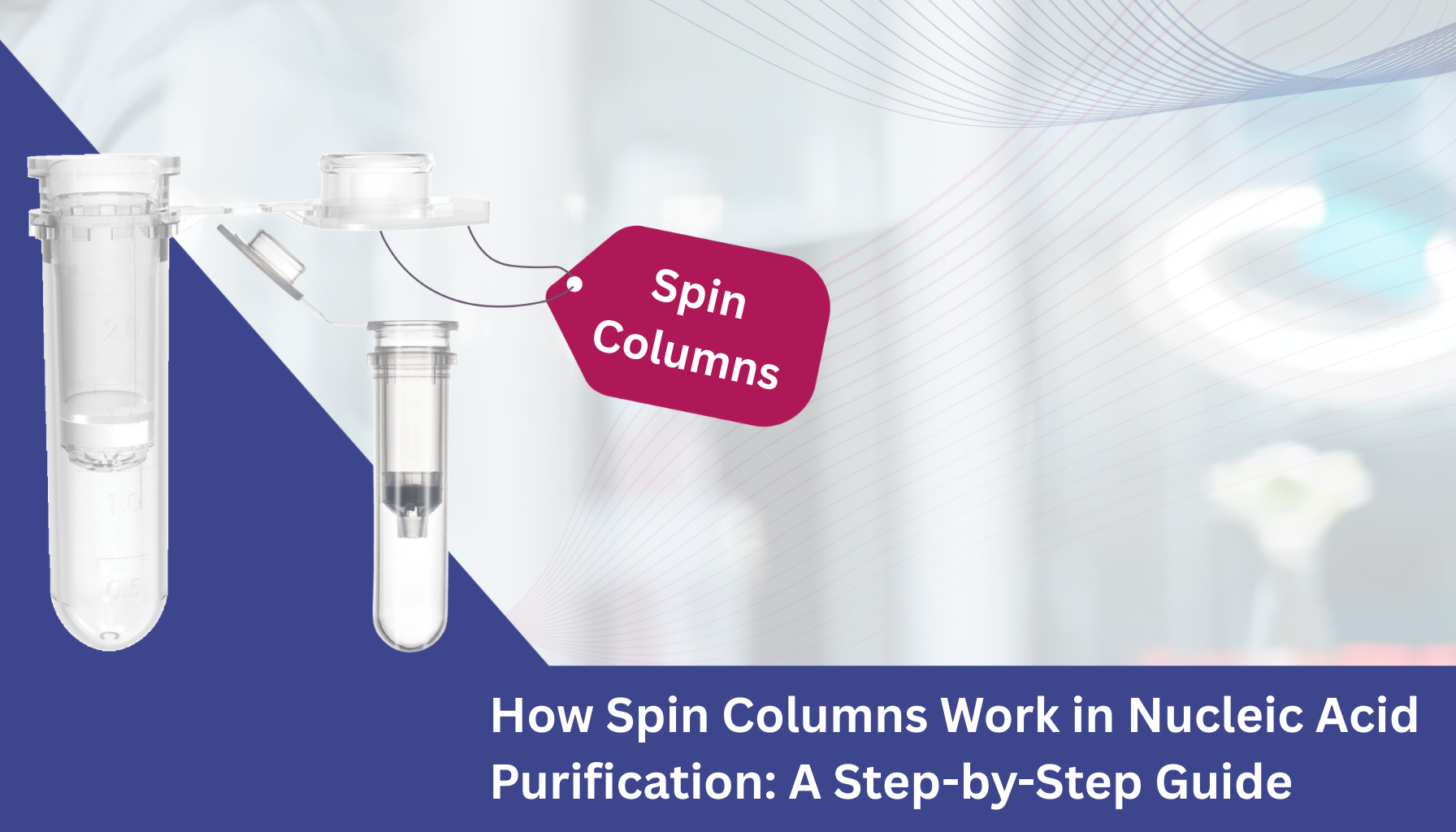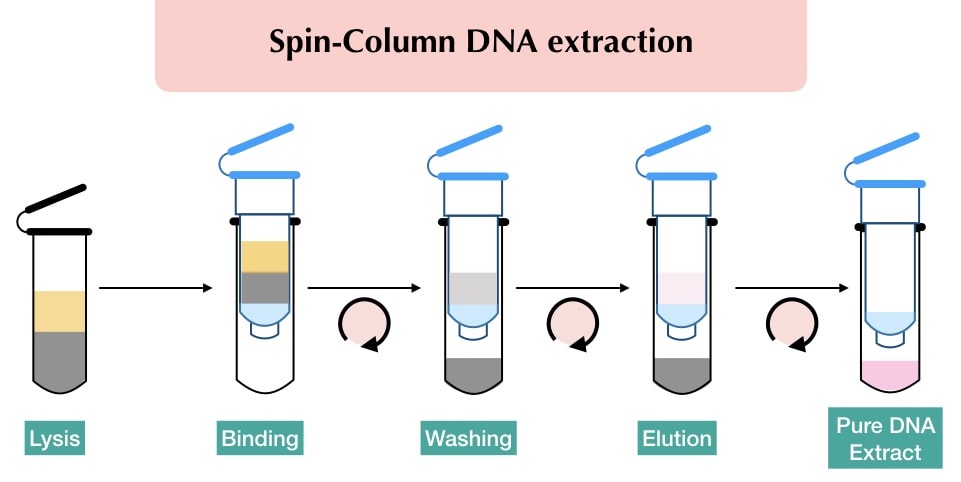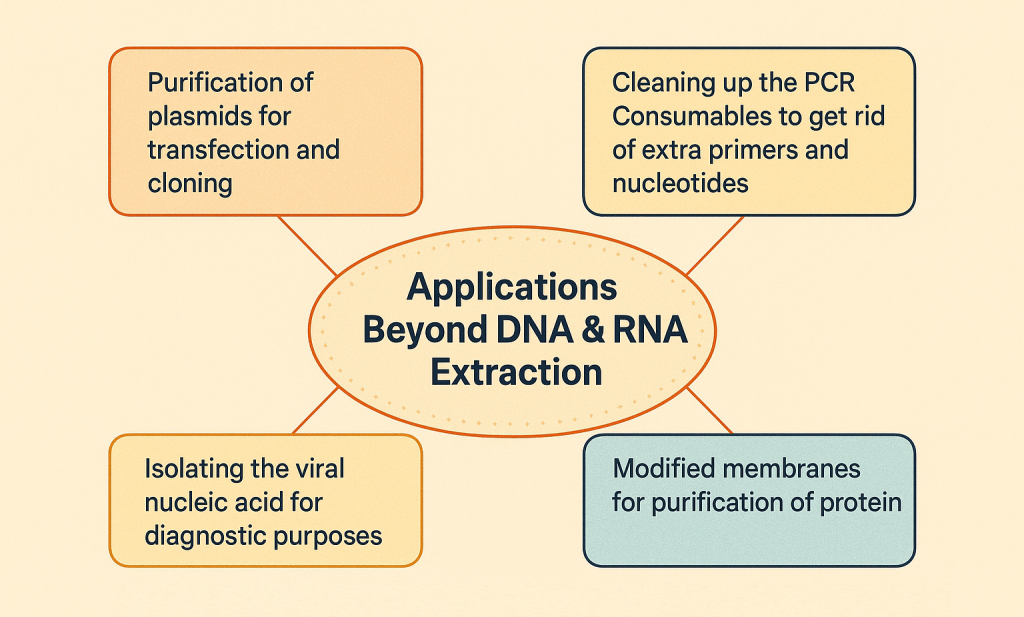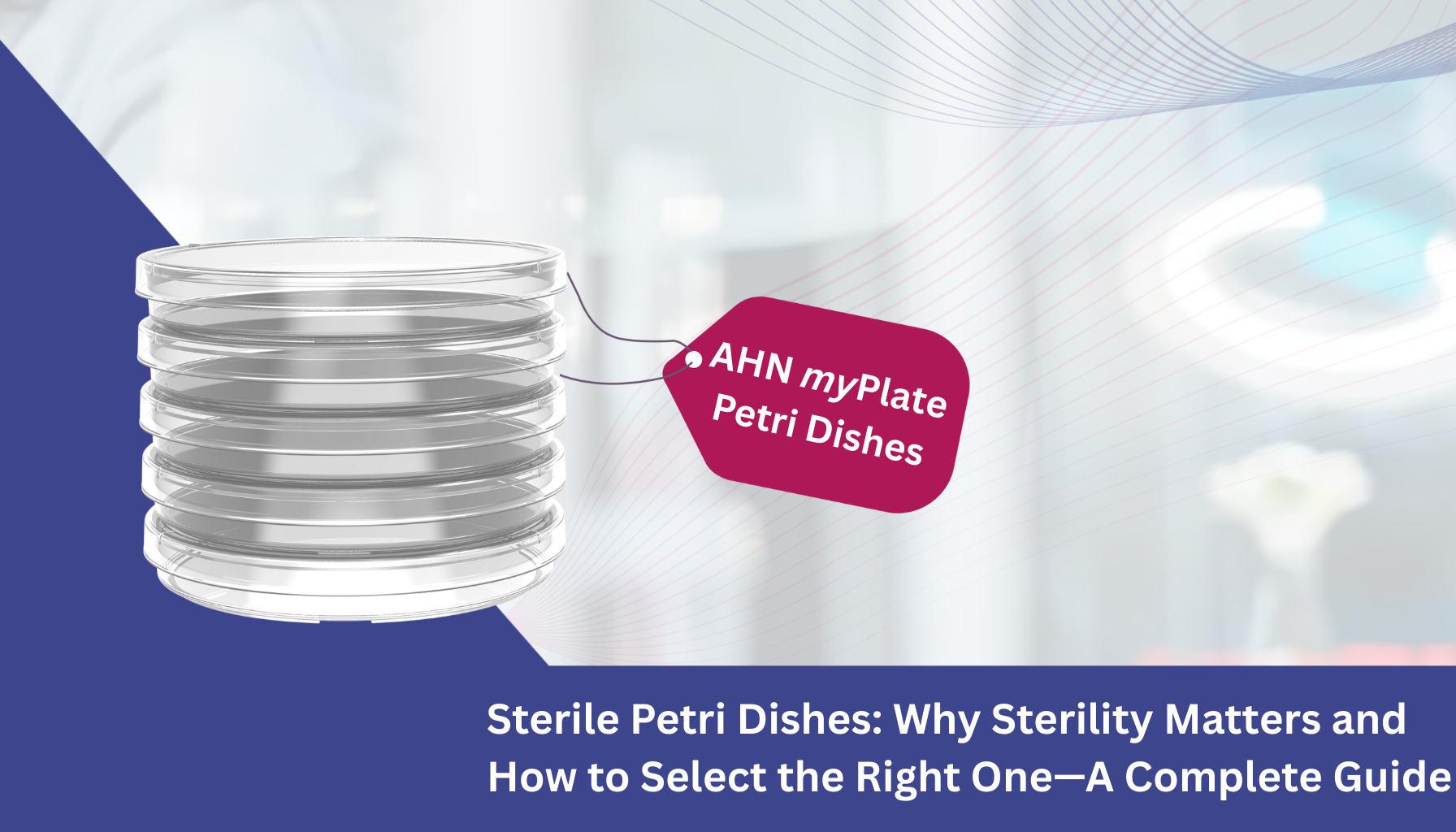Purity is the foundation of precision in molecular biology. The success of your experiment depends on the quality of your DNA or RNA, whether you’re using PCR, sequencing, cloning, or gene expression studies. This is the role of nucleic acid purification, and spin column technology has emerged as the gold standard among the different methods that are currently available.
The spin column method, which is preferred for its effectiveness, speed, and repeatability, gets rid of complicated organic extractions and produces reliable, excellent results every time. However, how does it operate exactly? Let’s dissect the science and walk you through each step of the procedure.
The Science of Spin Columns
The interaction of chaotropic salts, glass fiber, and nucleic acids forms the basis of this principle.
- Binding – DNA or RNA molecules dehydrate and create hydrogen bonds with the glass fiber surface in the presence of chaotropic salts.
- Washing – Wash buffers that do not break the DNA glass fiber bonds are used to remove contaminants like proteins, salts, and other impurities.
- Elution – The nucleic acids are rehydrated using either pure water or a low salt buffer, which will eventually break their bond with the glass fiber and permit them to flow through a sterile collection tube.
Step-by-step process of Spin Column Purification
Step – 1: Preparing the sample
A buffer that contains chaotropic salts and detergents is used to lyse cells or tissues. This denaturates proteins and other cellular constituents while cracking open the cells and releasing nucleic acids.
Step – 2 Attaching
The spin column receives lysate. Nucleic acids adhere to the glass fiber membrane in high salinity environments, but other substances flow through during centrifugation.
Step – 3 Washing & Cleaning
To get rid of any leftover proteins, salts, and other impurities, one or more buffers are required. These buffers remove everything else while preserving the DNA/ RNA glass fiber interaction.
Step – 4 Elution
The membrane is treated with nuclease-free water or a low salt buffer. The purified DNA or RNA is then released into a new collection tube when the hydrogen bonds are broken.
Step – 5 Ready for Use
Pure nucleic acid, free of inhibitors, the final eluate is prepared for further procedures such as PCR, QPCR, sequencing, or cloning.
Common Mistakes to Avoid
Despite spin columns being user-friendly in design, there are few potential problems that could affect the outcome.
- Excessive amounts of samples in the column can clog the membrane and decrease binding efficiency.
- Ethanol residues from skipping the drying spin after washing can prevent enzymatic reactions.
- Utilizing tainted buffers or out-of-date reagents can harm nucleic acids and lower the yield.
- Consistency and dependability are guaranteed when the manufacturer’s procedure is strictly followed.
Applications Beyond DNA & RNA Extraction
Although spin columns are most frequently used for the extraction of genomic DNA or total RNA, they can also be used for:
- Purification of plasmids for transfection and cloning.
- Cleaning up the PCR Consumables to get rid of extra primers and nucleotides.
- Isolating the viral nucleic acid for diagnostic purposes.
- Modified membranes for the purification of protein.
Because of their versatility, AHN spin column systems are essential in industrial, clinical, and research laboratory settings.
Advantages of Spin Column-based Purification
- Speed – complete purification in as little as 10-15 minutes.
- High Purity – Removes most contaminants that could inhibit downstream reaction.
- Scalability – Suitable for both small and high-throughput workflows.
- Safety – Avoids hazardous chemicals like phenol and chloroform.
Selection of The Right Spin Column
Not every spin column is created in equal measure. Yield and purity can be significantly impacted by column design, membrane quality, and bidding efficiency. High-quality columns guarantee consistent performance across batches, minimal cross-contamination, and maximum recovery.
Ultra pure glass fiber membranes that provide the best binding and elution efficiency are featured in AHN Bio’s Spin Column, which is designed with precision-molded molded for leak-free operation. They are dependable options for a variety of nucleic acid purification requirements because of their universal fit, which guarantees compatibility with the majority of centrifuges.
Conclusion – Reliable Purification for Every Workflow
Spin Columns changed the face of nucleic acid purification by offering simplicity, speed, and reliability in one. Their glass fiber membrane technology provides high-purity DNA & RNA with minimal manipulation, making them a universal favourite among laboratories across the globe.






